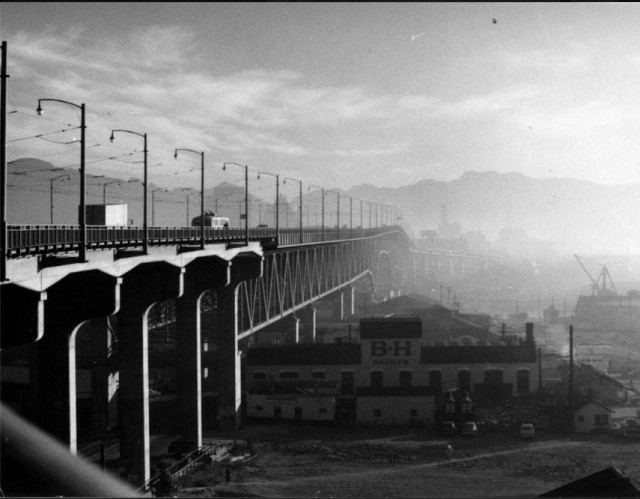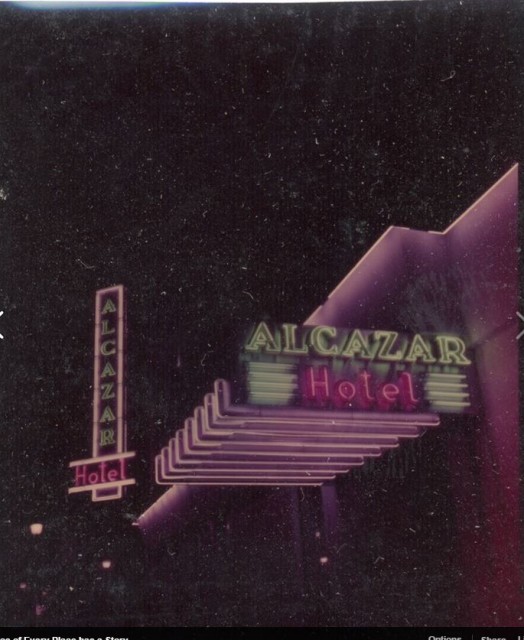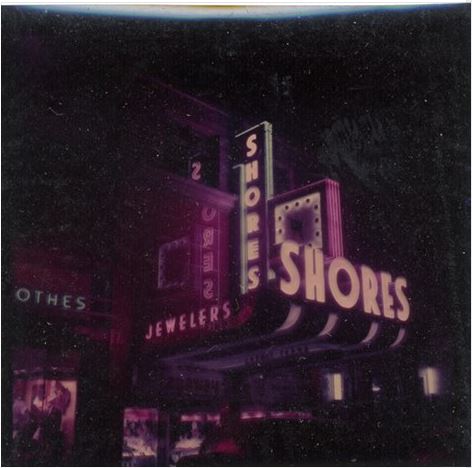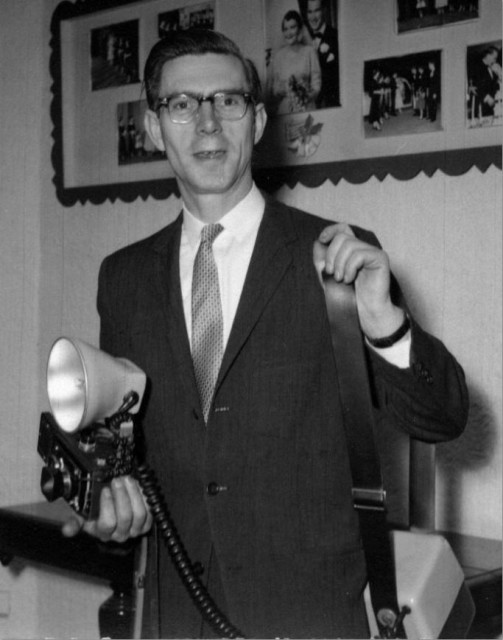
When I think of photographers working in Vancouver in the 50s and 60s, I think of Foncie Pulice, Selwyn Pullan and Fred Herzog.
Foncie was a street photographer who opened Foncie’s Fotos in 1946 and shot millions of photos of people as they strolled Vancouver’s streets. Vancouver-born Selwyn Pullan, served in the Canadian Navy during the war, worked as a news photographer for the Halifax Chronicle, returned to Vancouver in 1950 and reinvented architectural photography. Fred Herzog immigrated from Germany in 1953 and some of my favourite photos are ones he shot of vacant lots, backyards in Strathcona and ordinary people on ordinary streets.
They didn’t know it at the time, but all three photographers were creating a historical record of Vancouver and revealing intimate details of our changing city.

Last week, Wiebe de Haas sent me some photos that his father Jan de Haas shot during that period. I liked how he’d captured different parts of Vancouver and the neon signs of the day and I wanted to know more about him.
Jan de Haas brought his wife and three children to Canada from the Netherlands in 1952.
“Colour photography was on the rise and he thought coming to North America would give him the opportunity to advance in his field as a photographer,” says Wiebe.

Jan was hired at Photo Arts on Hornby Street, and within a few years had opened a store front business with his wife Ilse on 10th Avenue in West Point Grey. The de Haas’s built up a solid business shooting passport photos, portraits, weddings, grad photos at UBC and some commercial photography.

Jan was a member of the Professional Photographers of Canada, and before he died in 1967, he created a trophy to be awarded to the photographer who shot that year’s most creative image. The trophy was designed by his friend George Norris, a prolific sculptor best known for the giant metal crab that sits in the fountain outside the H.R. MacMillan Space Centre in Vanier Park.
The trophy is a work of art.
“My father wanted to give something to the organization of his peers, whom he respected and relied on,” says Wiebe. “He liked the idea that the trophy was symbolic of birth, the creation of life. It is as much a remembrance of George Norris as it is of my father.”
A globe with five lens windows is mounted on a chrome stem and dome base and held in place by small bolts. The globe represents the womb, and inside is a chrome fetus. “Except for the pin-hole camera, all cameras use a lens to focus the light onto a focal plane,” says Wiebe. “The bolts seem to me to symbolize camera construction. The fetus is a symbol of new creation, of new expression and ideas.”
In 2011 Wiebe had the honour of presenting his father’s trophy to Langara photography student Christoph Prevost. It was the first time a student had won in the history of the memorial trophy.

© All rights reserved. Unless otherwise indicated, all blog content copyright Eve Lazarus.


